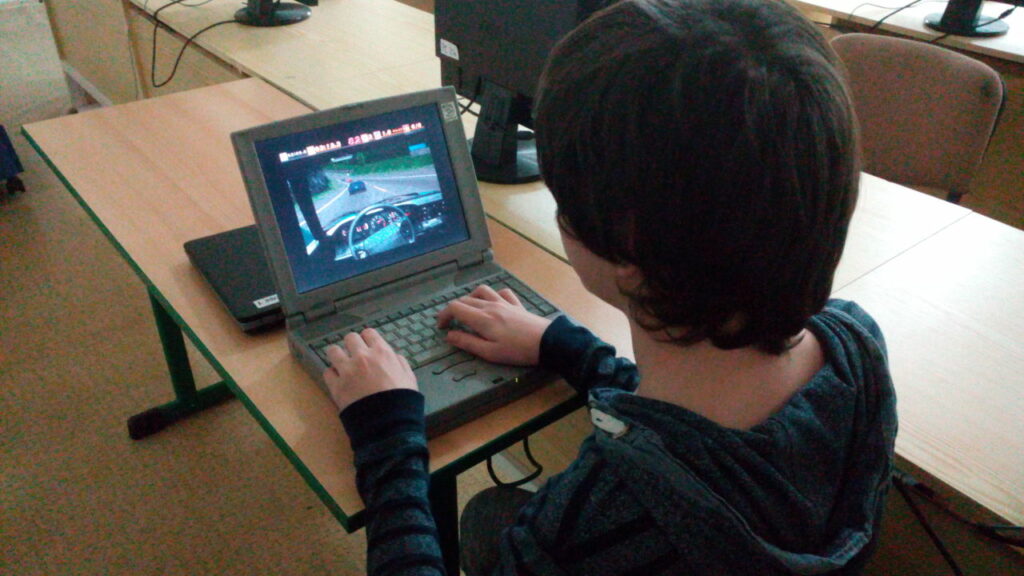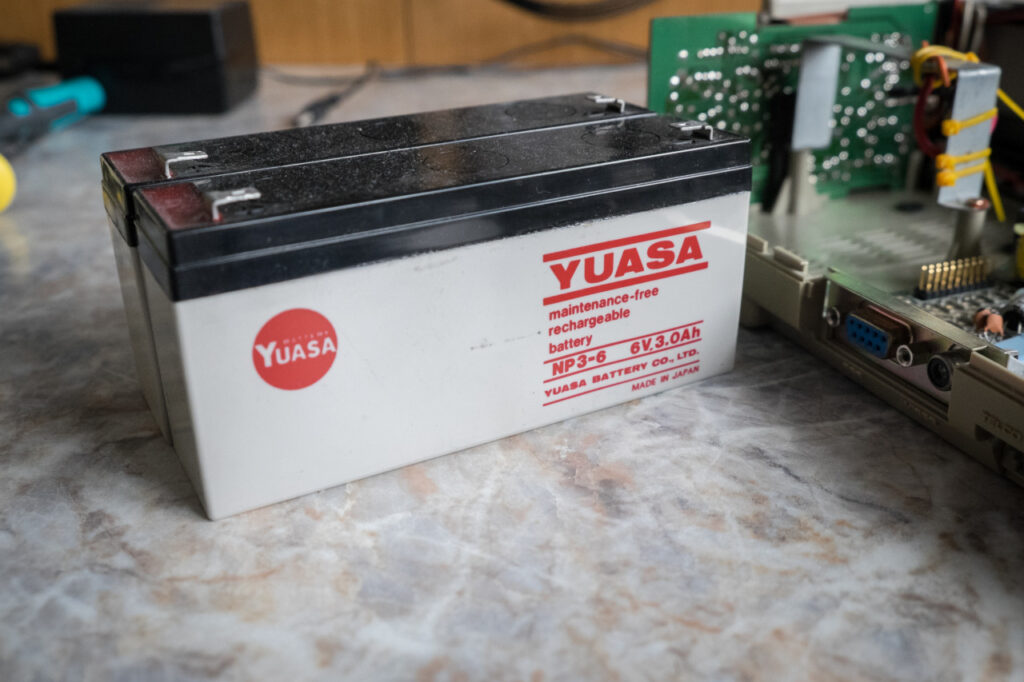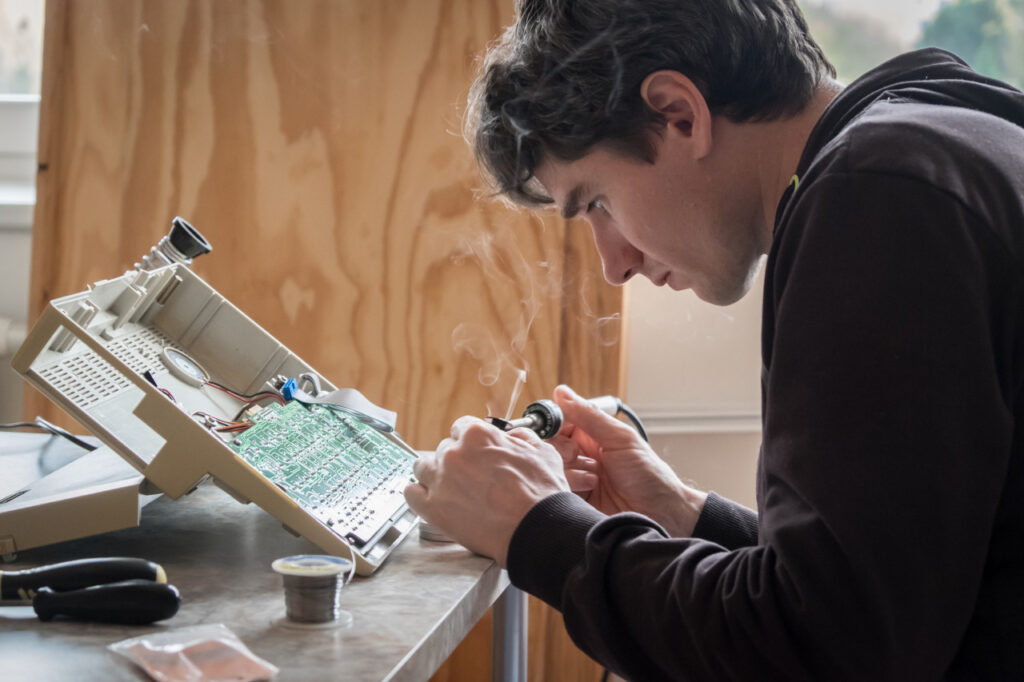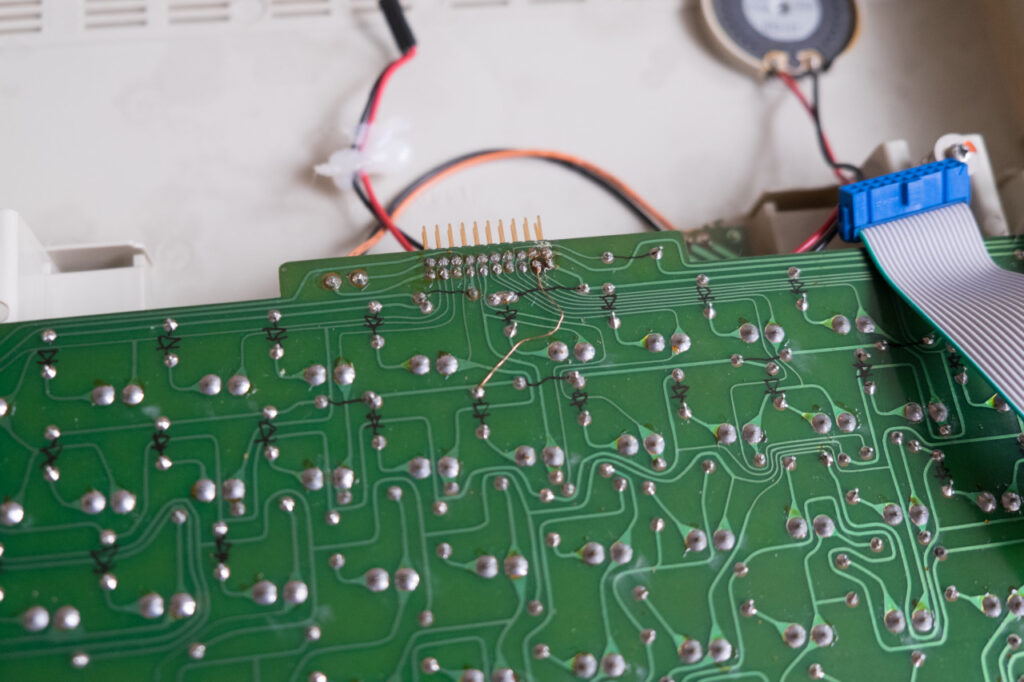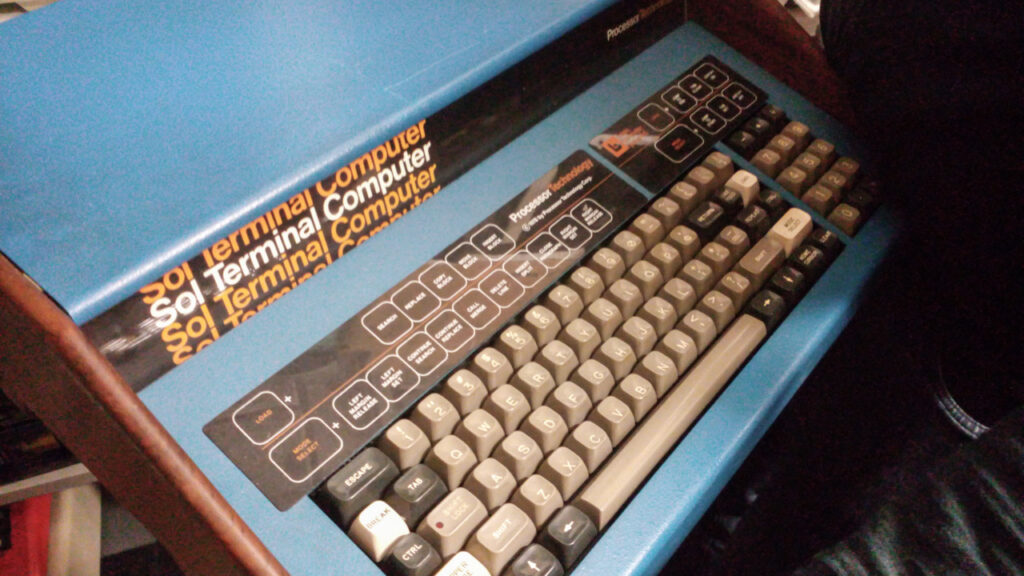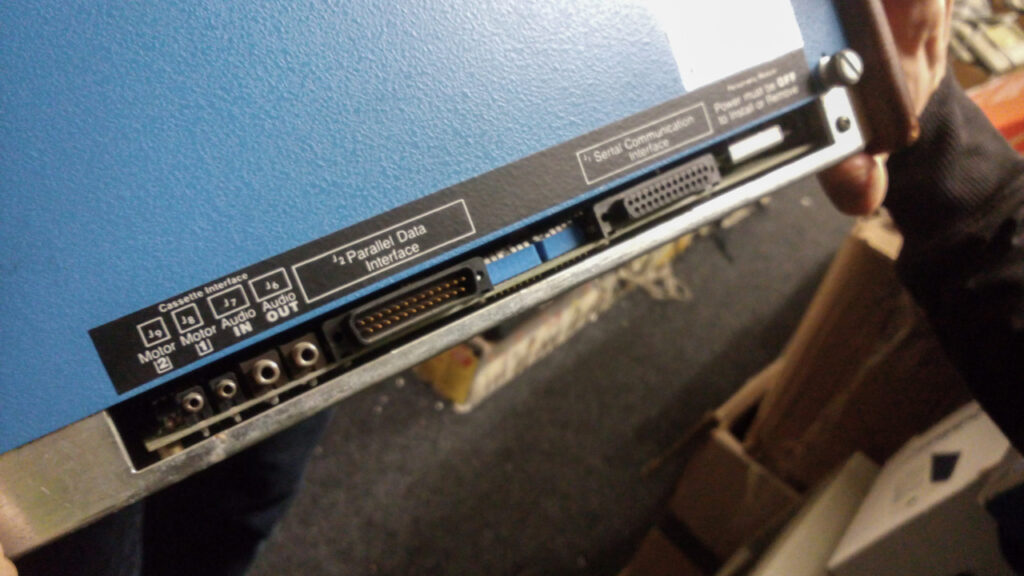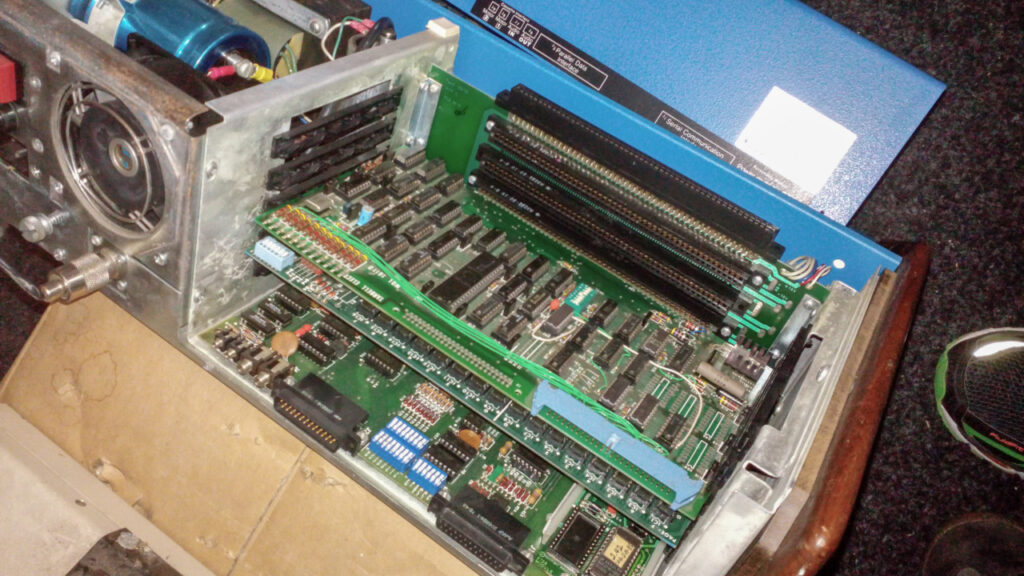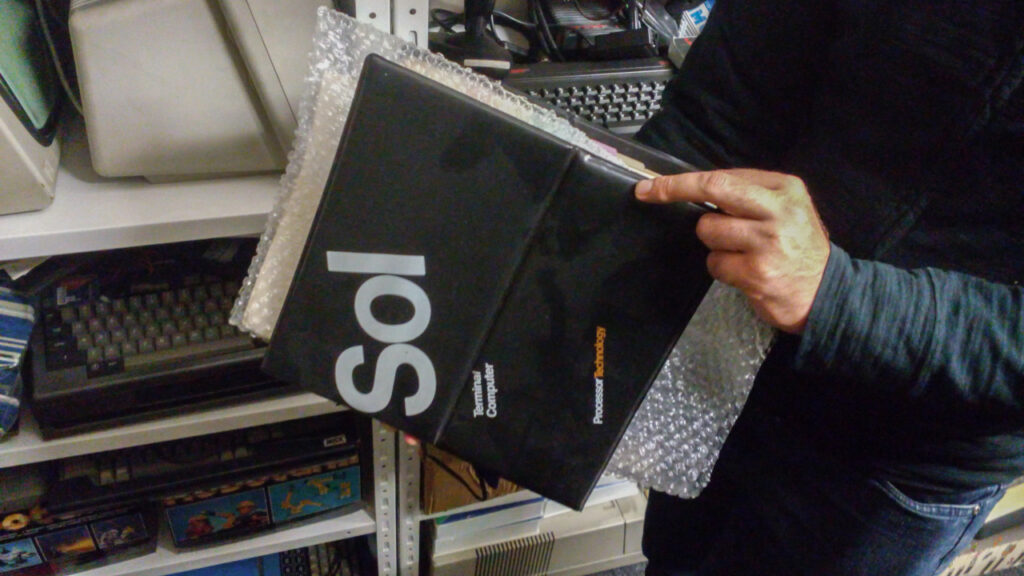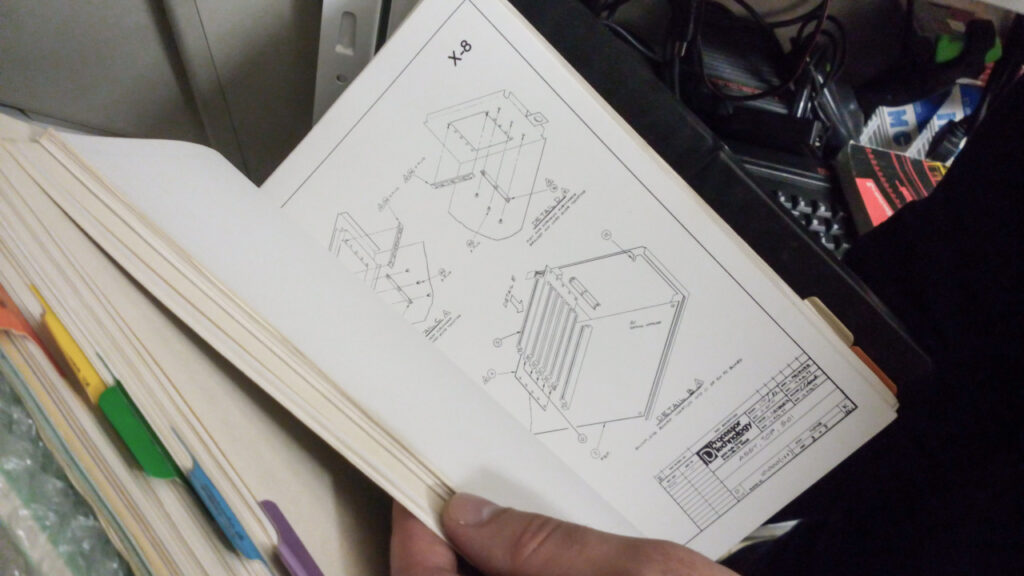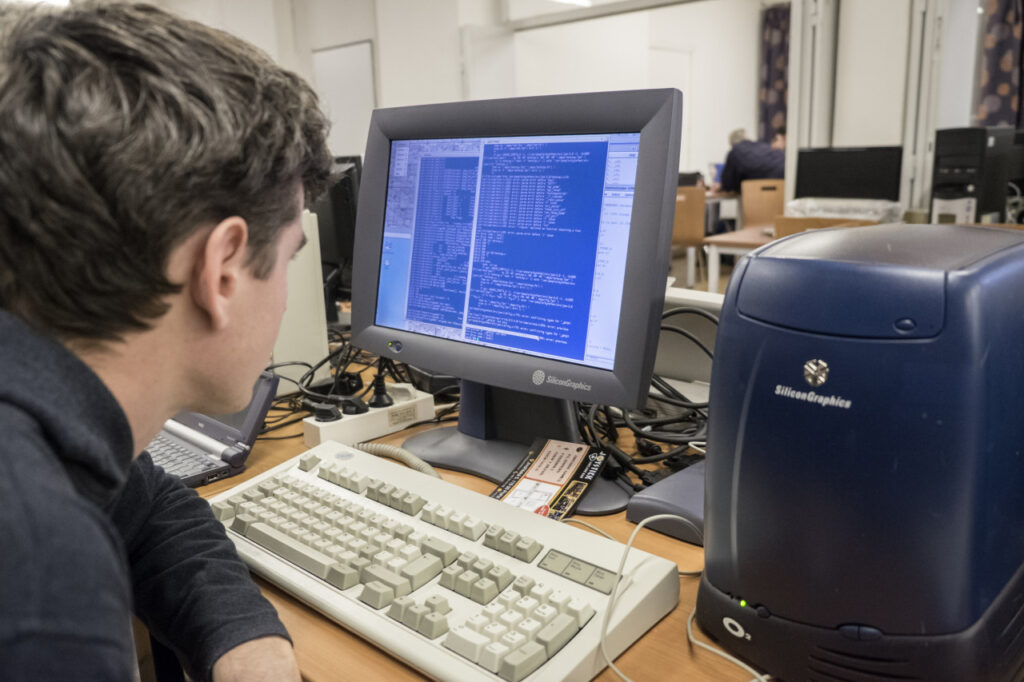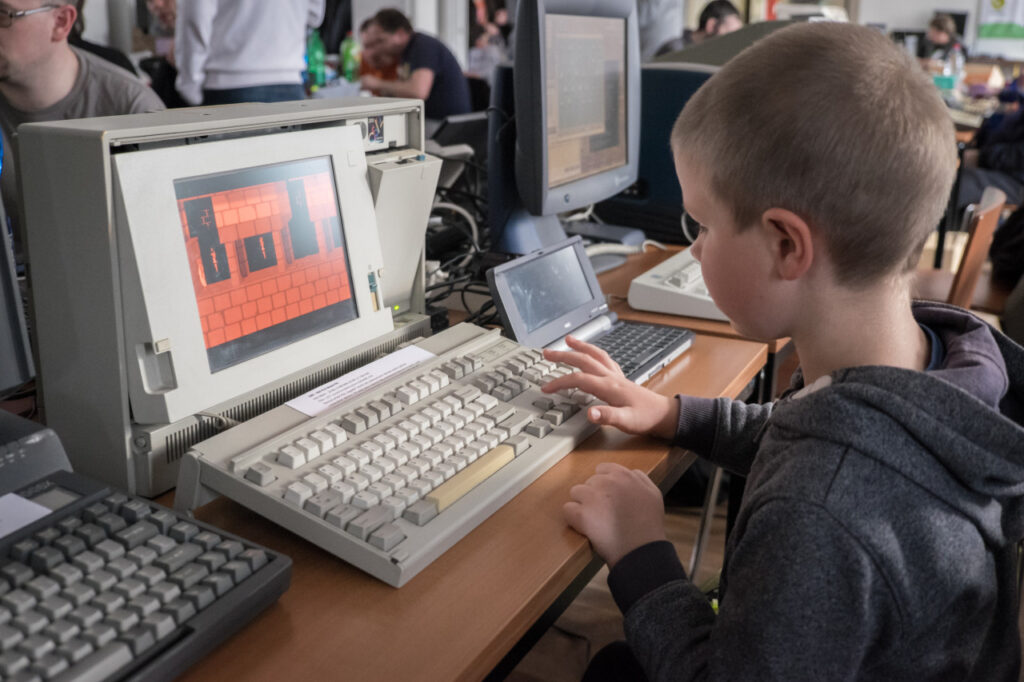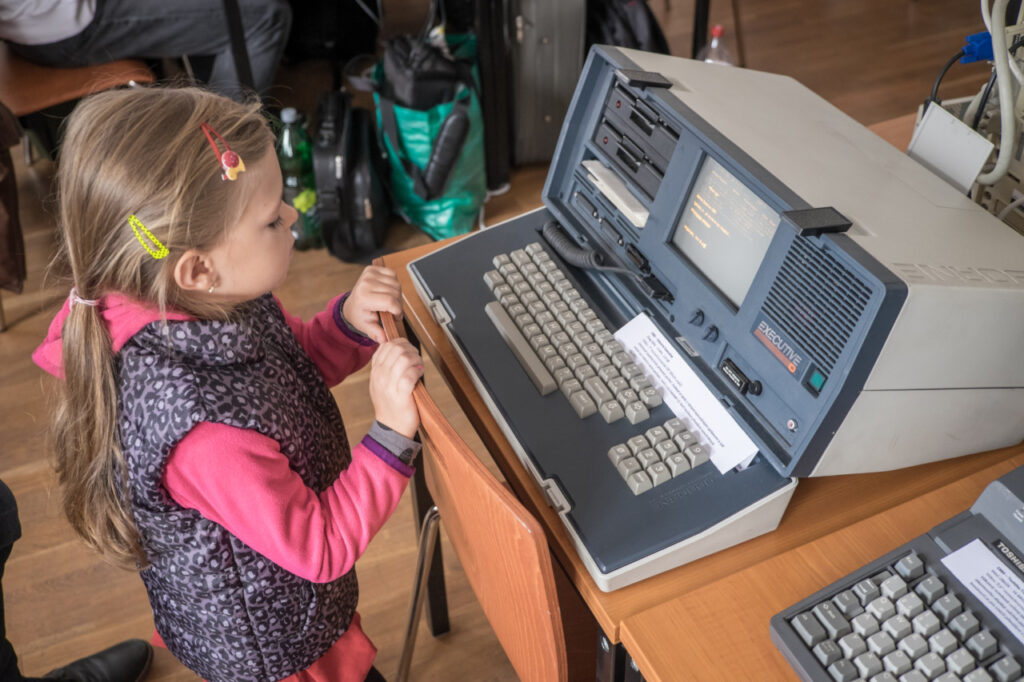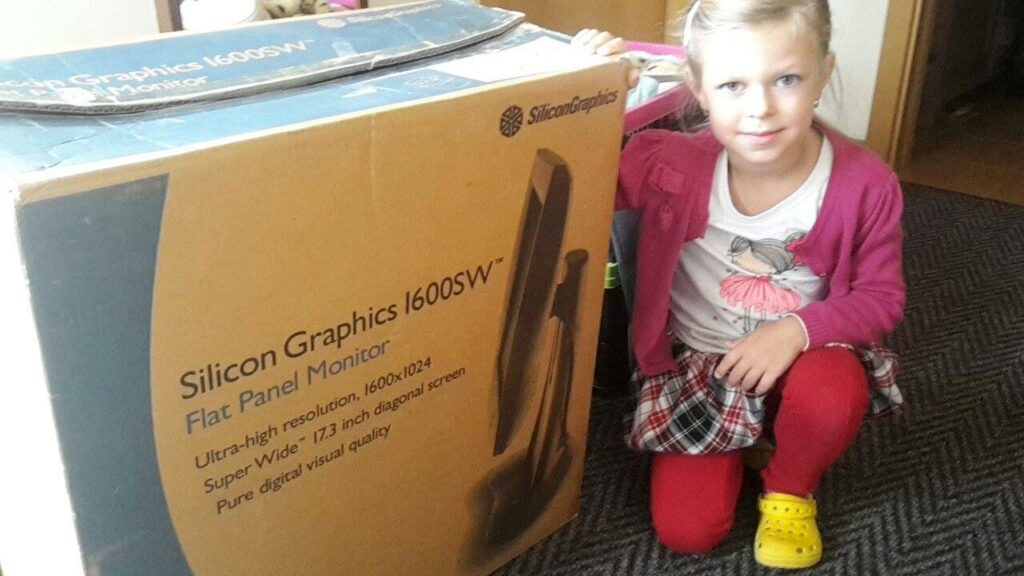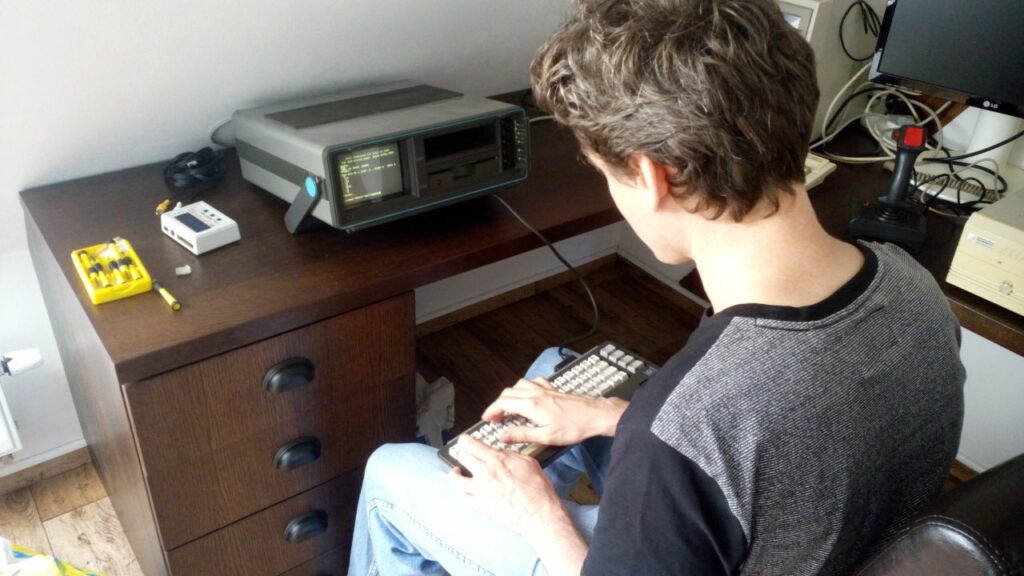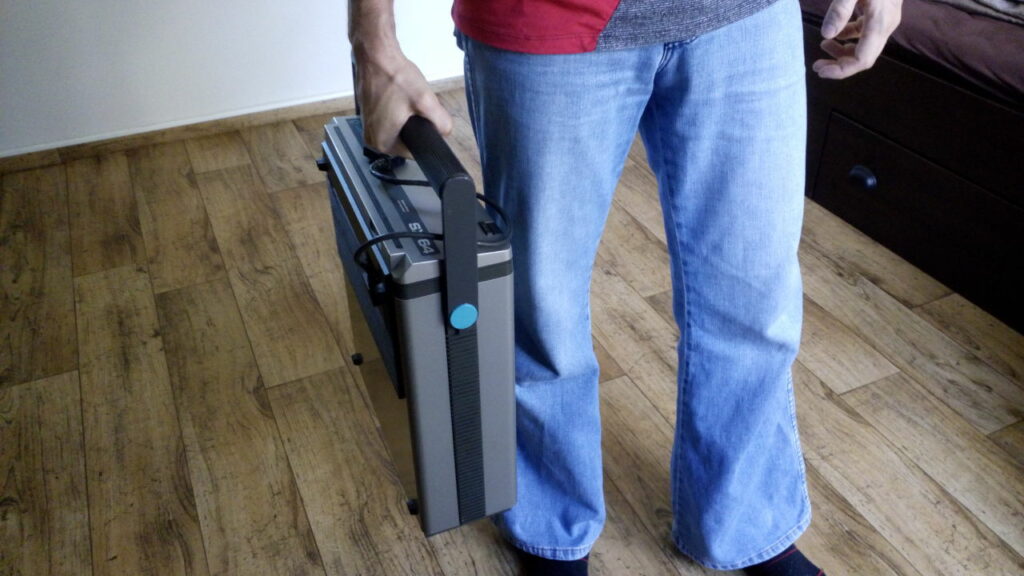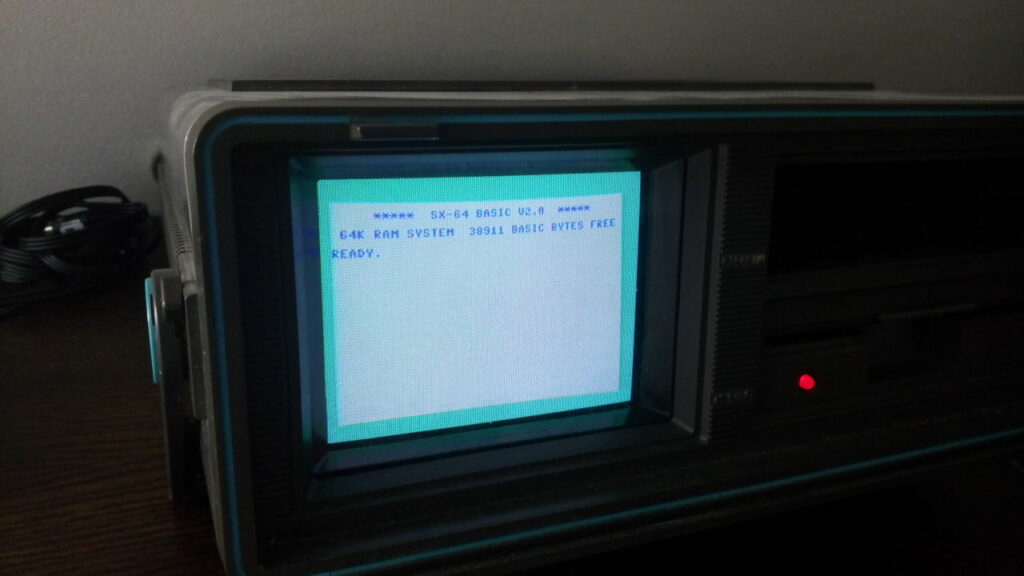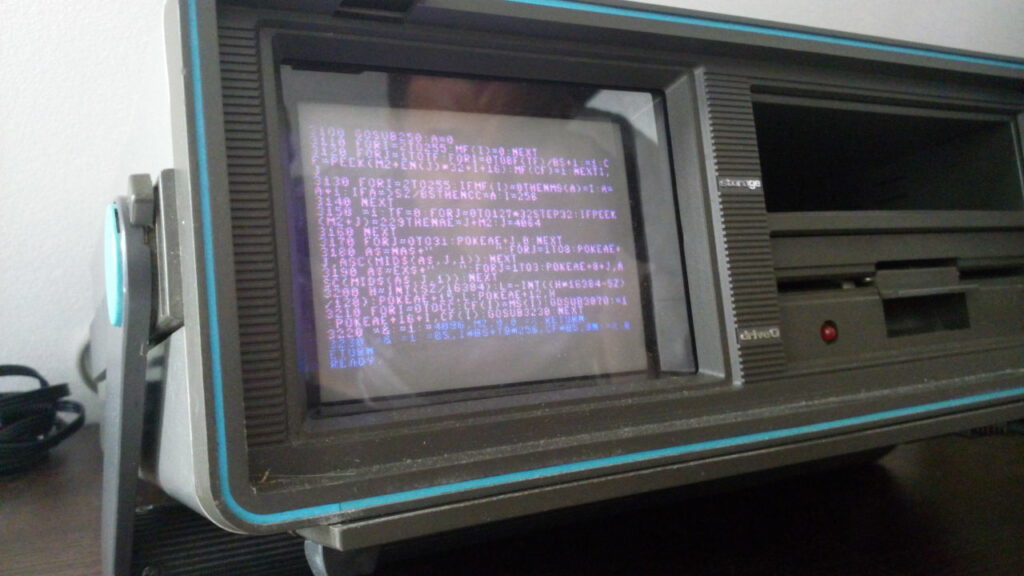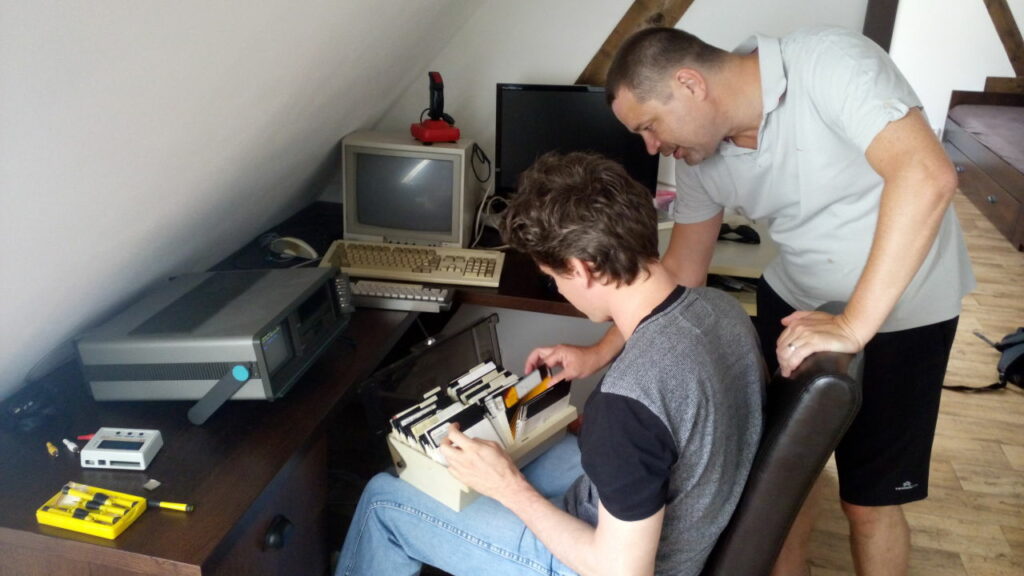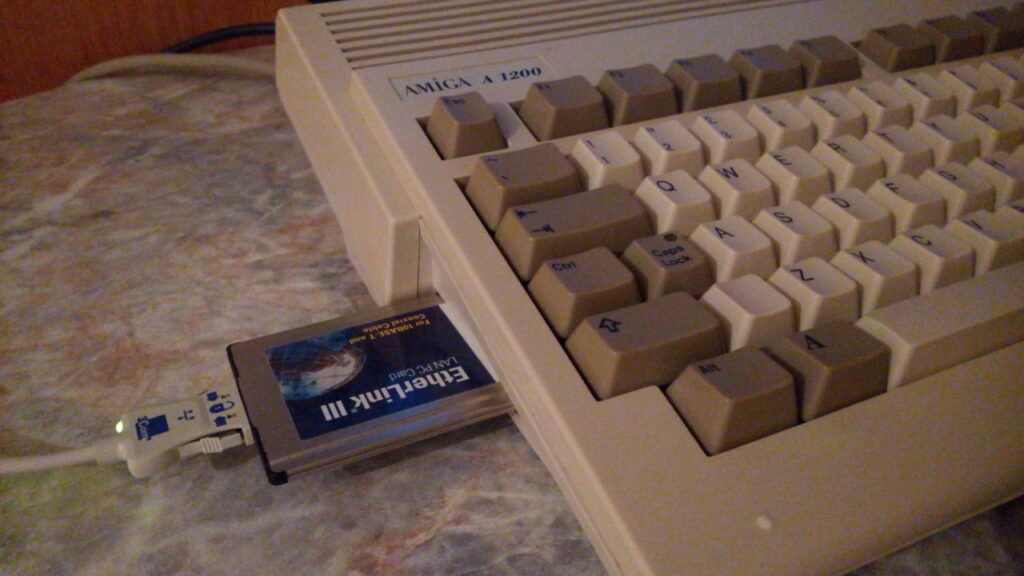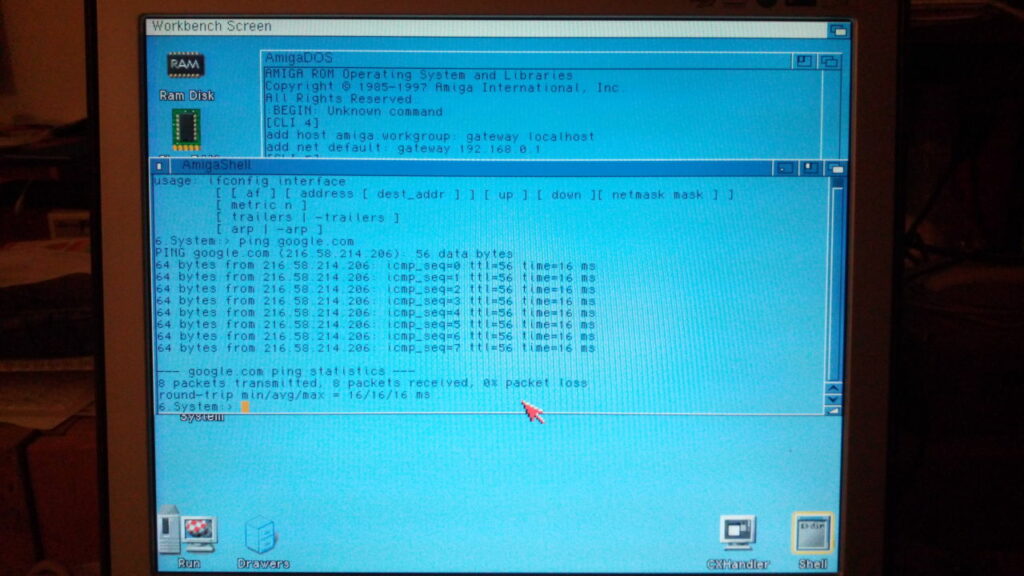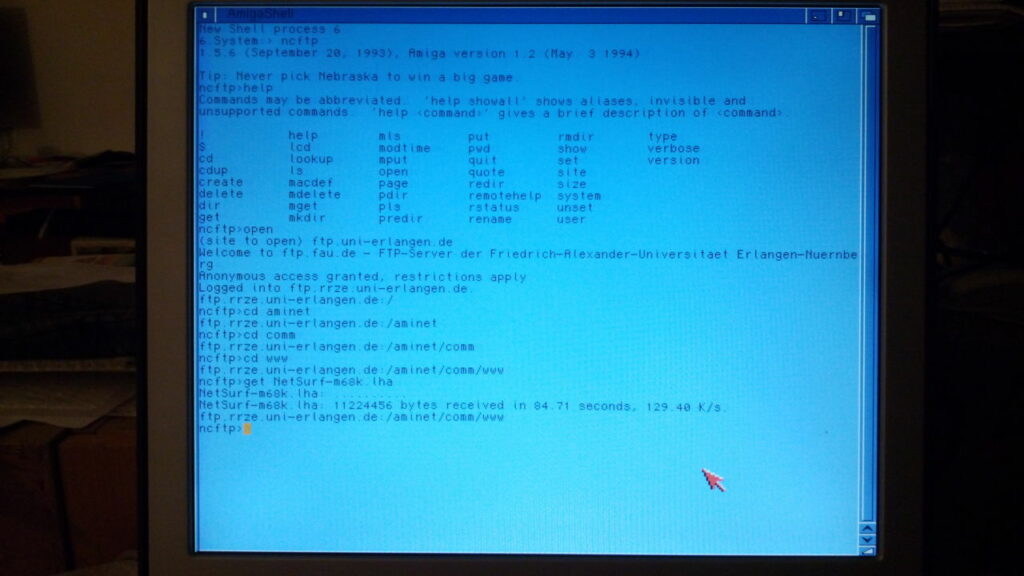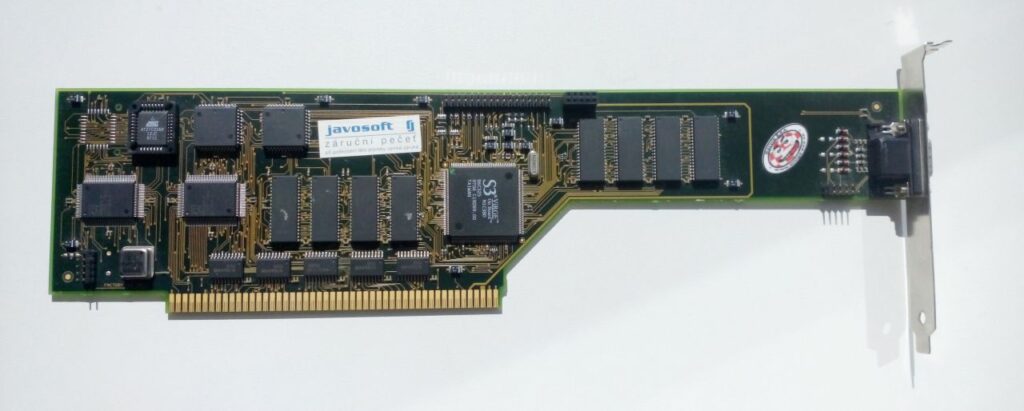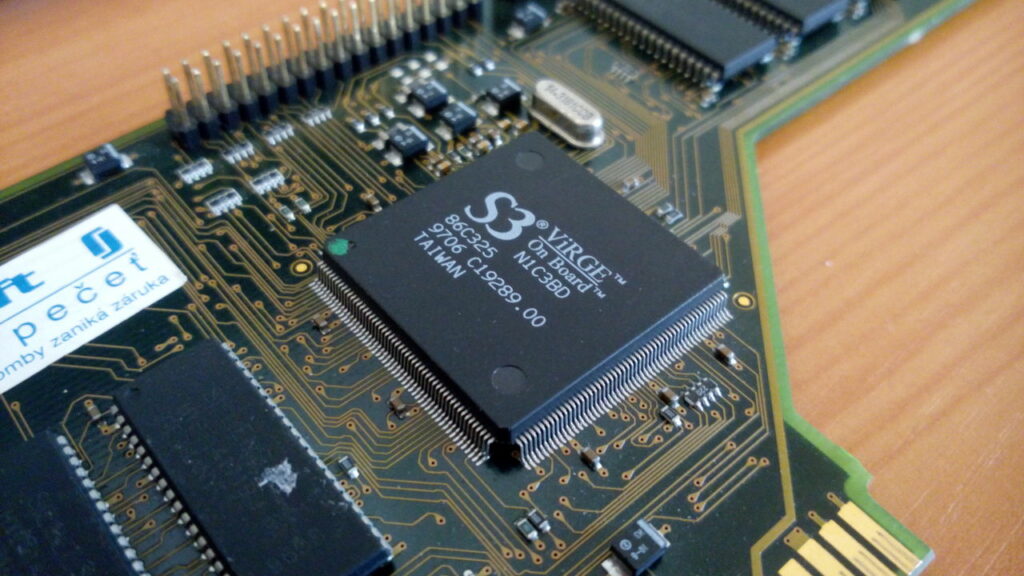Kids Do Like History of Computers
I’ve been pretty amazed that kids attending my computer class are aware of many historic moments in microcomputer history. At first they were scared when I told them that the lesson will be dedicated to history because they are used to the wrong style of teaching history through bullet points and dates. We talked about minis and micros and I’ve brought a lot of hardware from different eras of micro-computing.
It was nice to see that they were interested in historic hardware. They even play on 80s video game consoles at least using emulator software. This photo is from the end of a lesson about history of PC gaming (from beginning to 1996). Some kids were very interested how it is to play the first game from Need for Speed series.
My class is not about retro hardware but I’ve realized that using old computers is an effective and entertaining way to explain computer basics.
